How to make madder lacquer?
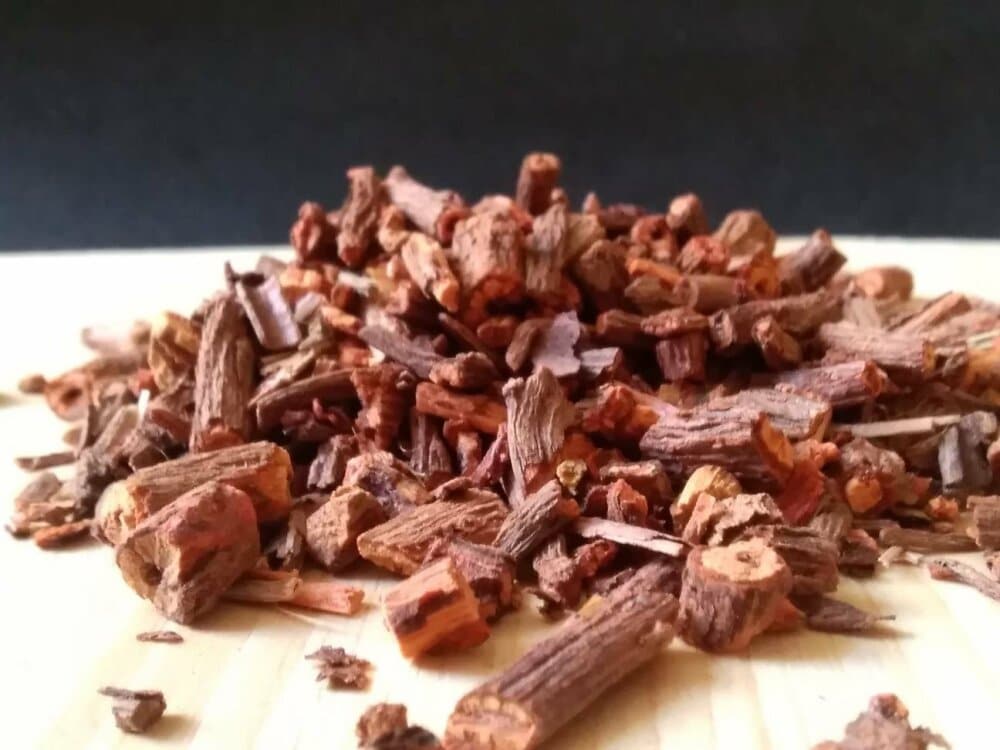
What is madder?
Madder has been cultivated for centuries for its dyeing qualities. It is still used today, notably to dye hair. Its coloring power is so intense that it can even dye animal bones when mixed with feed.
The recipe for madder lacquer has been known since the Middle Ages. Monk illuminators used it to obtain a very bright red or pinkish color, with exceptional lightfastness. This recipe is similar to that for gaude lacquer, another pigment derived from a dye plant. These ancient techniques testify to the ingenuity and skill of the craftsmen of the time in creating long-lasting, vibrant colors.
Recipe
30 h
Difficult
Quite expensive
IMPORTANT
Work in a well-ventilated area and wear gloves when handling alum.
Use clean utensils and containers to avoid contamination.
Ingredients
- 50 g madder root
- 400 ml demineralized water
- 20 g alum
- To obtain semi-opaque pink pigments: 10 g calcium carbonate or blanc de meudon
- To obtain transparent red pigments: ≃ 20 cl wood ash lye.
Utensils
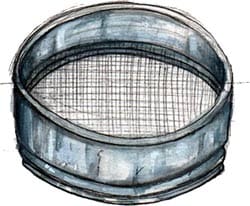
1 fine sieve

1 glass plate
or a plate
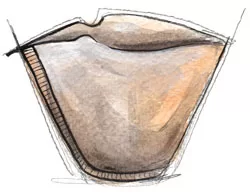
1 paper coffee filter
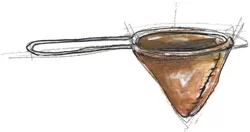
1 fabric filter

1 spatula
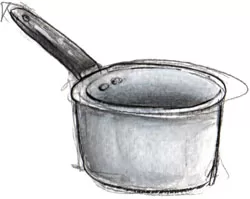
1 saucepan
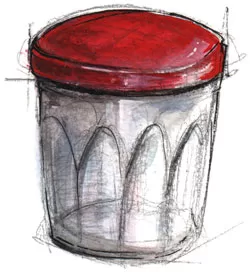
1 jar with lid

1 mortar
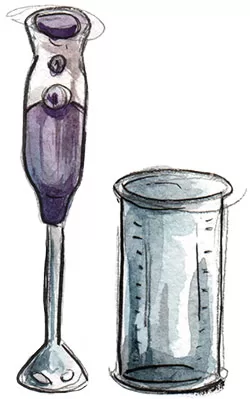
1 mixer

1 funnel
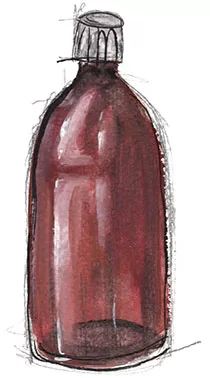
2 bottles of about 1 liter

1 measuring spoon

1 pissette

2 glass containers
Preparation
Step 1
- Mix madder roots indemineralized water.
This step releases the coloring compounds contained in the roots and prepares the solution for pigment extraction. Distilled water is preferable to avoid any interference with impurities that could alter the quality of the dye.
Step 2
- Leave the mixture to macerate for at least 24 hours in a glass container.
Glass is recommended as it is neutral and does not interact with the chemicals in the mixture.
Step 3
- Pour the mixture into a bottle.
- Heat the mixture in the saucepan over a bain-marie for 1 hour, taking care not to exceed 60°C.
This heating method enables the dyes to be activated and extracted without degrading them, while avoiding excessively high temperatures which could alter the dyeing properties of the madder. The bain-marie also ensures even heat distribution, which is essential for optimum results.
Step 4
- Filter the mixture once, pouring it through a sieve into another container to remove the larger root pieces.
Step 5
- Clean the first container carefully to avoid leaving any madder root residue.
- Then filter the mixture again, but this time using a cloth filter. I recommend using this type of filter, as it's looser than paper filters, allowing the maximum amount of colorants in the juice to pass through. You can also use a piece of cloth if you don't have a cloth filter.
Step 6
- In a saucepan, mix 20 g of alum with a small glass of demineralized water.
- Heat gently to dissolve the alum completely.
- Once the alum has dissolved, pour this alum water into the colorant juice obtained in the previous preparation.
This step triggers the chemical reaction needed to fix colorants to a mineral substrate, transforming soluble colorants into insoluble pigments (pigment-lacquers). Mix well to ensure a uniform reaction.
Step 7
- To obtain pink pigments:
Add calcium carbonate (blanc de Meudon) to the preparation. The liquid will become cloudy, and a precipitate will form at the bottom of the container. This precipitate is the pink pigment. - To obtain red pigments:
Slowly pour the wood ash lye into the preparation while stirring. Proceed gradually to control the reaction. The liquid will become cloudy, and a red precipitate will form.
To find out how to make ash lye, please consult my recipe.
Step 8
- Leave to stand for a few hours.
Step 9
- Place a funnel fitted with a paper coffee filter in the mouth of a bottle.
- Pour in the previous preparation slowly. It may be necessary to wait for the liquid to flow through the filter before continuing, to avoid overflowing.
Gradually, a dense paste forms in the filter. This paste contains the pigments.
Step 10
- After filtering, fill the bowl with very hot water and rinse the edges of the coffee filter thoroughly to loosen any pigments remaining on the walls. This step helps to remove the last impurities.
- Repeat twice, then filter again.
Step 11
- Carefully open the paper coffee filter, tearing off the part where the filter is glued, leaving the pigment paste inside.
- Using a spatula, spread the dough onto a large glass plate (or platter). Spread in a very thin layer to facilitate drying.
- Leave to air dry.
Step 12
- Once the pigment is dry, gently scrape it off the glass plate with a spatula.
- Then grind to a fine powder using a mortar.
This step produces a powdered pigment, ready to be mixed with a binder to create a paint.
Step 13
- Store pigments in the airtight jar , away from light and moisture.
Share
And also :

Courses and workshops
During the year, I organize various workshops and courses to learn how to make your own paints.

Resources
I've collected websites and books dedicated to making paints, stains, inks and other artistic materials.

Store
I'm selling some of my creations.
Newsletter
If you sign up, you won't receive any spam from me, just one or two newsletters a month, no more.
- HOME
- ABOUT US
- MY WORKS
- MAKE YOUR OWN PAINTS
- How to make watercolours?
- How to make charcoal easily?
- How to make natural pigments easily?
- How to make dry pastels?
- How do I easily re-tension a canvas?
- How do I make black ink for calligraphy?
- Making lye with wood ash
- Making flour paint
- Making blue pigments with indigo
- Recipe for iron acetate (nail soup)
- Make soda crystals with baking soda.
- Madder lacquer recipe
- Gaude lacquer recipe
- Making gouache
- How to make walnut stain easily?
- How do I make calcium carbonate at home?
- How to make egg paint?
- WORKSHOPS / COURSES
- RESOURCES
- FORUM
- THE SHOP
- CONTACT

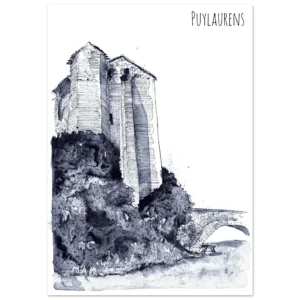

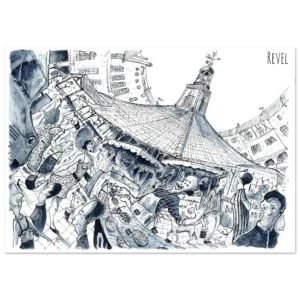
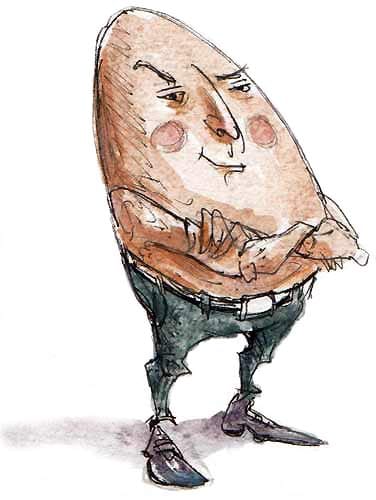
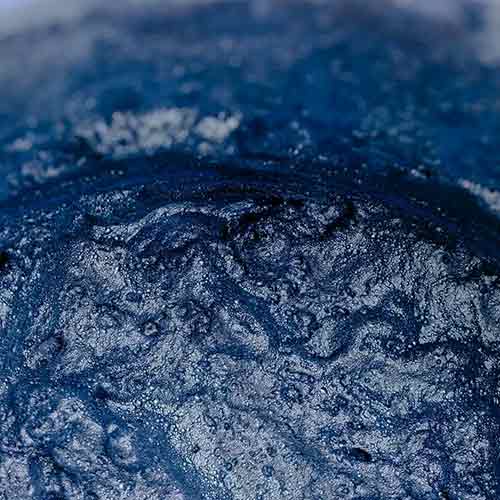

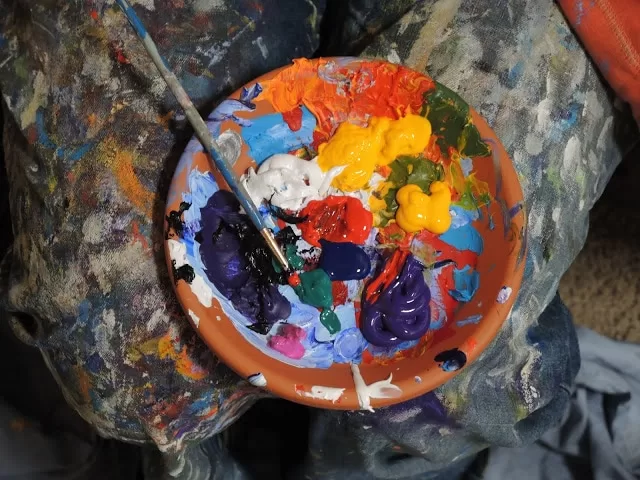


8 answers
Hello Julien and thank you for sharing your recipes so generously.
I'm trying to extract alizarin at the moment and I'm struggling a bit but I'll get there in the end.
One little question: I have an old alum stone that used to be used as a natural deodorant 🙂 and I was wondering if, once ground, it corresponds to the potassium alum you often talk about.
Here you are, all the best for you and your work and thank you if you have a few moments to answer my question.
Karim (Marseille, who tries to make his own Arabic calligraphy inks using natural ingredients as much as possible)
Hello Karim,
To answer your question, I'm going to use the conditional, as I haven't tested it myself. On the face of it, it should work.
Natural alum stone is generally composed of aluminum and potassium sulfate. It is the presence of aluminum sulfate that enables the chemical reaction with blanc de Meudon (calcium carbonate).
Synthetic alum stones, on the other hand, are often made from ammonium salts, but their exact composition can vary from manufacturer to manufacturer. Depending on the composition, the reaction may be different, less effective or not occur at all.
If I were you, I'd do a test first. There's no need to use dye right away, to avoid wasting it if the experiment doesn't work. Here's how I'd advise you to carry out the test:
- Finely grind a small amount of alum stone.
- Dissolve the powder in water (preferably lukewarm to facilitate dissolution).
- Gradually add blanc de Meudon and observe the reaction.
👉 If effervescence or cloudiness appears, this means that the alum is reacting with the carbonate, which is a good sign for the success of the recipe with the colorant. On the other hand, if the solution remains clear, this may indicate that the reaction is not occurring correctly, possibly due to the nature of the alum stone used.
You're not the first person to ask me this question, so I've decided to carry out the test myself shortly in order to get a more reliable answer rather than relying on guesswork.
I wish you all the best for your Arabic calligraphy project!
Many thanks for taking the time dear Julien
Yes, I'll see if it works by starting with a test, it's safer.
Your site is precious
Karim
and yes, it was natural stone, even if sold by a brand.
Thanks again
K
Great news! Don't hesitate if you have any further questions, I'll do my best to answer them!
Hi Julien
I tested it with my homemade alum solution, it reacted well from a certain quantity, it flocculated, but the paste is pale pink, tending towards chocolate...
Any idea why? I didn't pay too much attention to the proportions, or maybe I let my madder macerate too much (a fortnight at least, by the time I find the time 😉 to.take care of it
Lovely evening and if you have any hypotheses I'd be interested
K
Hi Karim,
I think there may be several reasons:
First, the ingredients. If you've used blanc de Meudon (calcium carbonate), for example, the resulting pigments always tend to be pinker, making them more pastel. If you want more intense colors, I recommend using ash lye.
It's true that if the proportions are not respected, this will have an impact on the recipe. This is especially true of Meudon white: if you add too much, the colors will be very light.
I have my doubts as to whether the problem stems from maceration of the madder for too long. On the other hand, if it has been heated too much (say, for a while above 60°C), the colorants may have been destroyed.
There's a video on YouTube by Michel Garcia, a reference in the dyeing world, who explains how he extracts pigments from madder. Sometimes it's easier to do it on video. Here's the link to the first video. Then, you have to search a bit, because he made it in several parts, but they're easy to find:
https://www.youtube.com/watch?v=SrFuWBYw26M&list=PL1IPup3f1dq7IQ1the2uI8pOziOg9QG9p
Good afternoon!
A very big thank you to you dear Julien
No, I didn't use the blanc de Meudon.
After the ash lye was quite concentrated, maybe too much so
I'll go and see el señor Garcia 🙂
Beautiful afternoon, I hope the weather is nice in Toulouse (my mother is from Fronton if you know)
K